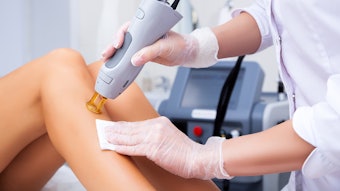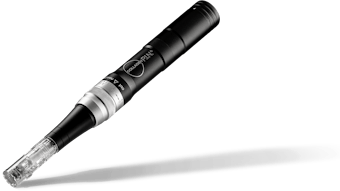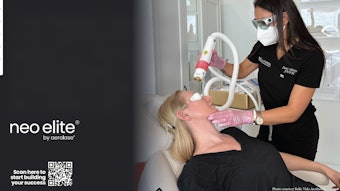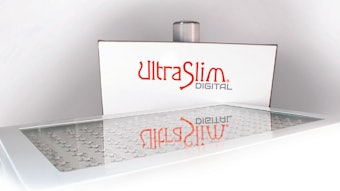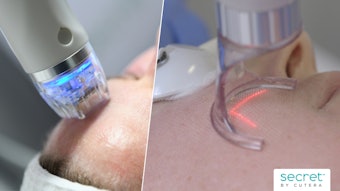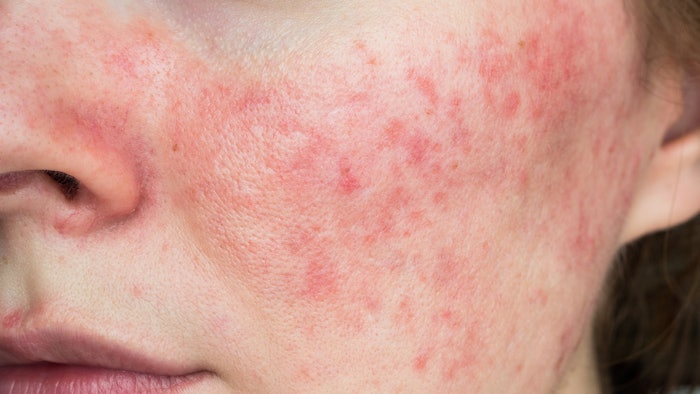
Three sessions of non-insulated fractional microneedle radiofrequency (NFMRF) provided visible improvement for patients with difficult-to-treat rosacea in a 48-week, prospective, observational study, which was published in Archives of Dermatological Research (July 1, 2021).
Related: National Rosacea Society Updates "Understanding Rosacea" Booklet
Ben Wang, et al, treated 34 subjects with difficult-to-treat rosacea with NFMRF (three sessions performed at two-month intervals). The measured outcomes included therapy efficacy, epidermal barrier function and side effects.
Of the 34 patients, 22 reported “excellent” or “good” improvement and 30 were “very” or “relatively” satisfied. Following treatment, the mean Clinician's Erythema Assessment (CEA) score was reduced from 2.65 ± 0.59 to 1.56 ± 0.50 and mean Dermatology Life Quality Index (DLQI) from 16.70 ± 3.55 to 10.48 ± 2.92.
Related: RF Reduces Vessel Density and Inflammation of Rosacea
Evaluation of skin barrier function revealed a significant decrease in hemoglobin content from 376.47 ± 71.29 at visit 0 to 161.32 ± 52.86 at visit 3.
Two of the 30 subjects available at six month follow-up had a relapse at 18 and 20 weeks, respectively.
The investigators did not observe any serious side effects and concluded that “NFMRF alone results in visible improvement and has great efficacy for difficult-to-treat rosacea without compromising patient safety or damaging the skin barrier.”



